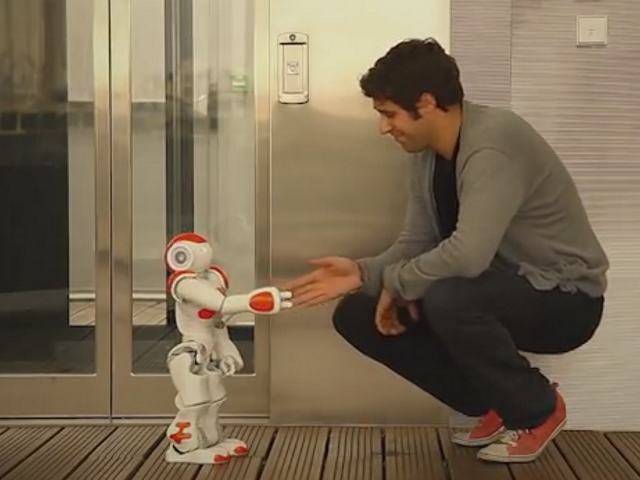
How technology is revolutionizing the architecture industry
Technological advancements are transforming the way architects work, opening up seemingly limitless possibilities. From the adoption of computer-aided design (CAD) in the 1960s to today’s widespread use of building information modelling (BIM) and other tools, such as 3D visualization and printing, technology allows architects to create smarter and more complex designs, communicate their ideas better to their clients, and more accurately render their designs.
Here are tasks that architects do differently now, thanks to technology:
#1. Capturing data
Collecting information during job site visits is a critical part of the design process. To do so, architects used to rely on their handwritten notes, take measurements, and snap photos. Today, they have mobile applications that can accurately capture location and measurements. They also utilize 3D laser scanners that record minute details and drones that take aerial images. All on-site information can then be immediately shared with anyone with an internet-connected device, instead of on paper like how it was done in the past.
#2. Integrating data
Previously, architects had to go through all their handwritten notes, site measurements, and photos and take them all in to create their designs. But modern data capture and design applications have paved the way for the standardization and conversion of file formats so that different tools using different operating systems (OSs) can “talk” to one another, thus enabling richer data analysis and easier collaboration among architects.
#3. Creating designs
Architects used to have two drafting tables: one for creating blueprints and perspective drawings, and another for displaying reference materials. But architects these days have shifted to high-end computers to create more precise plans. They use touchscreen technology to sketch directly into design software that can be translated into 3D modeling apps, particularly using the BIM 3D model-based process that gives architects the insight and tools to more efficiently plan and design buildings and infrastructure.
#4. Visualizing designs
To help clients and builders visualize their design, architects used to show blueprints and perspective drawings. They would also prepare design boards that had floor plans and pictures of decorations with sample materials and fabric.
Today, however, the prevalence of digital modeling and realistic 3D rendering allows architects to show exactly how a space will look and function, thus enabling them to better communicate their ideas to their clients and builders. Some architecture firms even use 3D printers and laser cutters to fabricate design models. Soon, entire buildings and installations will be the product of 3D printing.
To further help their clients visualize their concepts, some architects are turning to virtual, augmented, and mixed reality software platforms to provide a life-like experience of walking through the design:
- Virtual reality (VR) – This computer technology uses VR headsets to generate realistic images, sounds, and other sensations that simulate a user’s physical presence in an imaginary environment.
- Augmented reality (AR) – It is a technology that superimposes computer-generated images on a user’s view of the real-world environment.
- Mixed reality (MR) – Also known as “enhanced” AR, this technology is similar to AR technology but provides more physical and real-time interaction between physical and digital objects.
All of these immersive visual environments are helping bridge the gap between client and architect by enabling designs to come to life even before construction has started. These help architects secure immediate feedback for design changes and approvals at little cost.
In the future, we can expect a more fluid integration of these reality tools into design workflows to support ideation, information sharing, client engagement, and building management.
#5. Storing files
Recordkeeping is very important in the field of architecture. In fact, the law requires some project documents to remain accessible for at least 12 years. For long-term clients and maintenance projects, much insight can be derived from referencing past project information and original as-built designs. No wonder architecture firm offices used to hold so many boxes and filing cabinets filled with papers and clunky sketchbooks that took up large amounts of space. Good luck finding an old drawing without spending hours digging through boxes.
But advancements in storage devices and the cloud have enabled architects to convert paper files to digital records (or use digital formats, to begin with) for long-term storage in a single location. And with the help of records management software, architects can use keyword search for easy retrieval of records.
Architecture firms need to the help of IT experts
As innovative technologies continue to disrupt the way architects work, whether it be the way they gather data, design spaces, or communicate their ideas, they will need to keep up with the latest in technology to meet their clients’ growing expectations. But given the rapid pace and increasing complexity of the tech scene, architecture firms will benefit greatly from tapping the expertise of a managed IT services provider (MSP) like Red Key Solutions. We will take care of managing and optimizing your IT so you can use it to your advantage, outpace your competition, and grow fearlessly. Thrive in the digital world with us!


